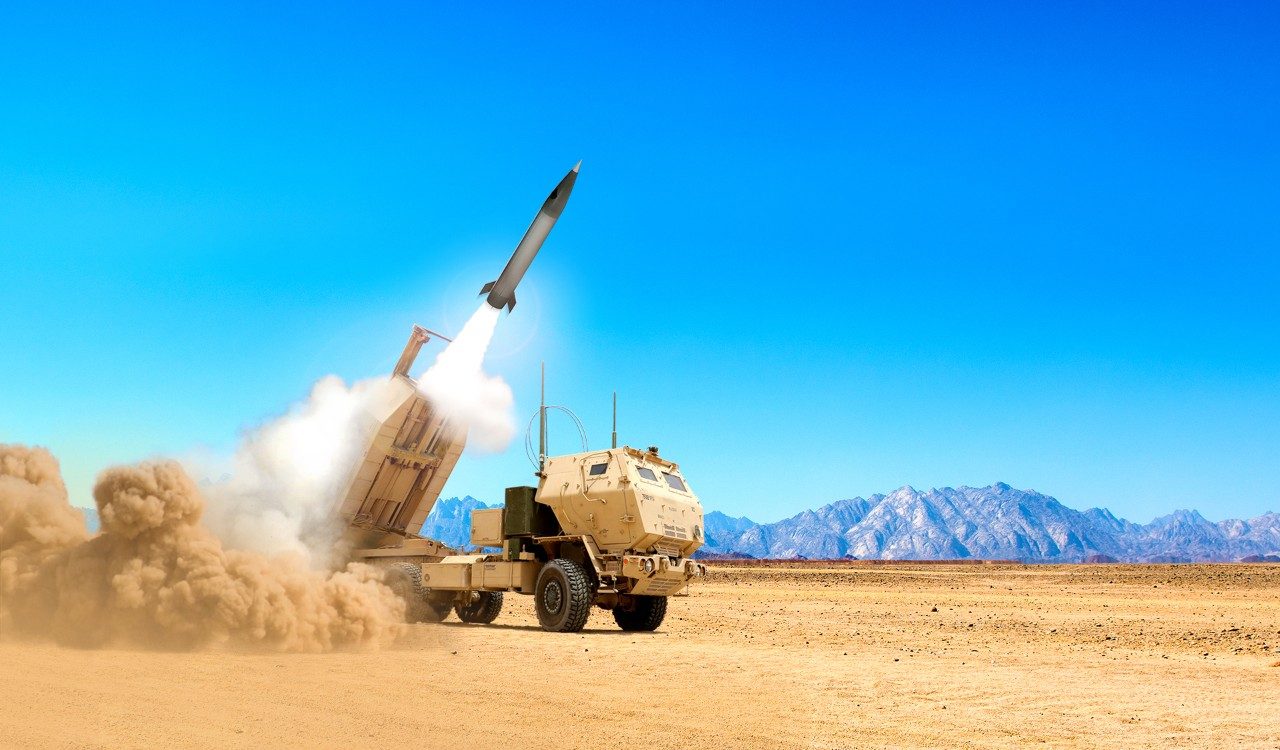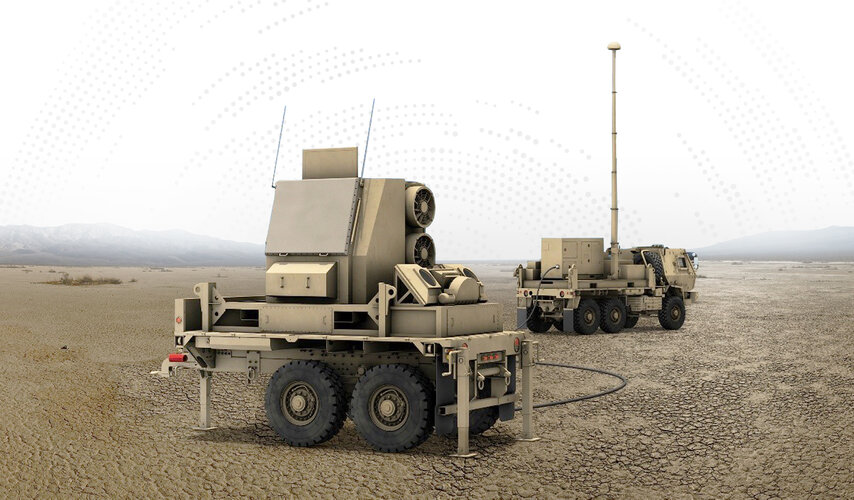“We have a very detailed plan to do the integration into IBCS, to the US system, and to conduct a demonstration [at]
White Sands,” in early 2021, Rafael’s Pini Yungman told me. That will be part of
a US Army “shoot-off” to pick a missile – or potentially multiple missiles for different targets – for the future IFPC.
Now, the version of Iron Dome in the two batteries now being delivered to the US is
not IBCS-compatible, at least not yet. “This is the existing system we are operating in Israel, the same system, with small adjustments for the US requirements,” Yungman emphasized. It includes not only the Tamir missile and its launcher, but mobile command posts and ELTA radars.
The Army won’t just be testing compatibility with the IBCS network. It also wants to see how the competing weapons work against a variety of targets, including cruise missiles. Both the Israeli Iron Dome and the US Indirect Fire Protection Capability began life focused on short-range, unguided rockets launched by terrorists and guerrillas, like the Taliban or
Hezbollah. Now
both programs emphasize the rising threat of precision-guided cruise missiles, which are becoming increasingly common around the world.
Since April 2011, when Iron Dome first intercepted a real-world threat, “we are not sitting in our offices and doing nothing,” Yungman told me. “We are upgrading the performance and the Iron Dome capabilities on a daily basis.”
Iron Dome has intercepted over 2,500 incoming threats since its first live, Yungman told me. But, I asked, aren’t those mostly unguided rockets? “I cannot elaborate,” he said. “It’s classified.”
What Yungman
can say: “We are not familiar with any kind of threat… that Iron Dome cannot intercept. It’s not only unguided rockets. It’s missiles; it’s TBMs [Tactical Ballistic Missiles, e.g. Scuds]; it’s UAVs., etc. etc.,” he told me, carefully. “We’ve tested it, and we’ve faced it, and we have operational results — combat-proven.”
The US Army doesn’t have to take Rafael’s word for it: They just have to ask the Marines.
Raytheon, with Rafael as a subcontractor, has
already integrated Iron Dome with Marine Corps’ command systems and the Marines’ new G/ATOR radar, complete with a live-fire test in 2019.
“We intercepted” a drone simulating an incoming cruise missile, Yungman said – a supersonic target that skimmed terrain at low altitude to make itself harder to hit.
“This year we will conduct another test with the Marines,” he told me, with a more extensive integration into American systems.
So far, though, the chronically cash-poor
Marine Corps hasn’t officially said it wants to buy Iron Dome. Meanwhile the Army is pouring billions into
air & missile defense, one of its Big Six modernization priorities, despite
congressional cuts to the Indirect Fire Protection Capability. That makes the coming IFPC shoot-off all the more important for the Israelis – and their competitors.












